Douglas TB-26C Fire Eater
Production Time 9 to 10 weeks
Shipment is by FedEx, UPS or DHL International Express Courier with a normal door-to-door delivery time worldwide of within 2-3 business days after dispatch. Due to the current volatility of world fuel prices, the amount mentioned here is our best estimate for DHL and UPS and may be subject to change at the time of shipping.

Model Description: Douglas TB-26C Fire Eater Wood Replica Scale Custom Model Aircraft
Manufacturer: Douglas
Wingspan: 16.8 Inches (42.7 Centimeters)
Height: 4.4 Inches (11.2 Centimeters)
Scale: 1:50
Registration: N4818E
$239.50
Production Time 9 to 10 weeks
-
United States dollar ($)
-
Pound sterling (£)
-
Euro (€)
-
Australian dollar ($)
-
Canadian dollar ($)
-
Singapore dollar ($)
-
Swiss franc (CHF)
-
Japanese yen (¥)
-
Danish krone (kr.)
-
Hong Kong dollar ($)
-
Norwegian krone (kr)
-
Swedish krona (kr)
-
United Arab Emirates dirham (د.إ)
General Product Description
Our PlaneArts Douglas TB-26C Fire Eater model exhibits unique, unrivaled quality and detailed design to come as close as possible to the accuracy of the actual plane. It comes as standard with a robust, durable base or stand which is available in a variety of different finishes designed to match your own personal requirements including solid wood, wood with polished metal supports or adjustable wood wall mount and will be ready within about 9-10 weeks from placement of order.
The Douglas TB-26C Fire Eater model is made of the finest kiln dried renewable mahogany wood (commonly known as Lauan or Meranti) which has undergone many stages of carving and meticulous and careful sanding giving the beautiful finished museum quality masterpiece. Many collectors and model connoisseurs demonstrate their preference for genuine handmade and hand painted mahogany wood models rather than plastic or die cast (diecast) alternatives due to the overall look and totally different feel of the item - we trust you will find the same. We can, however, if required produce the same model in Solid Cast Resin so just click and contact us us for further information. Our craftsmen and gifted artisans ensure that our finely handcrafted model airplanes match the precise blueprint details of the original aircraft. The paint scheme, markings and parts are closely matched, reflecting the original aircraft. This stylish top-quality desktop replica model will surely enthrall anyone who receives this as a gift and for sure one of the most appropriate and desirably collectable gifts for any aviation enthusiast and avid aircraft collector whilst also displaying a perfect resemblance to the actual aircraft.
If you require we can also make the Douglas TB-26C Fire Eater model in any other airline, private livery or colour scheme you require and if necessary in a different size or scale. Just click here to contact us with a description or photographs of what you require, and we will let you have a quotation for the necessary customization by return email. We can also make bespoke scale replicas of any other private / civil commercial airliner or airliners, helicopter, glider, gliders with engines, military jet, warplane jets, propeller warplanes, biplane, triplane, tail fin, spacecraft, rocket or NASA model you require in any airline, military or civilian livery or colors. We also produce model airships, blimp, dirigible, blimps, boat and ship collectibles. Wall plaque or seal for military, government or private customers. Again, by clicking here to contact us just let us know exactly what you need.
The Douglas TB-26C Fire Eater: A Historical Analysis
The Douglas TB-26C Fire Eater represents a unique chapter in the annals of aviation history, embodying a transition from traditional warfare roles to specialized applications that address the evolving challenges of modern societies. Originally derived from the Martin B-26 Marauder, a medium bomber that saw extensive service during World War II, the TB-26C variant was repurposed for a role far removed from the battlegrounds for which it was initially designed. This article delves into the important features of the TB-26C, highlighting its adaptation and service as a firefighting aircraft.
A New Lease on Life:
Post-World War II, the surplus of military aircraft led to various innovations and conversions, among which the TB-26C stands out. The aircraft was adapted from a bomber to a fire-fighting platform, marking a significant shift in utility from destruction to preservation. This transformation was not only a testament to the adaptability of military designs but also highlighted a growing awareness and response to domestic challenges such as forest fires, which required aerial intervention for effective management and control.
Key Features of the TB-26C:
- Airframe and Design:
The TB-26C retained the robust airframe of its predecessor, the B-26 Marauder. However, modifications were made to repurpose the aircraft for aerial firefighting. Bomb bay doors were replaced or modified to house tanks for fire retardant or water, allowing the aircraft to drop substantial quantities over fires. The structural integrity of the aircraft was maintained to withstand the stresses of low-altitude flight operations typically encountered during firefighting missions.
- Payload and Delivery Systems:
One of the most critical adaptations of the TB-26C was the development and integration of specialized payload delivery systems. The aircraft was equipped to carry and disperse up to 2,000 gallons of water or fire retardant. The delivery systems were designed for rapid release, enabling the aircraft to make precise drops over fire zones, significantly aiding in the containment and extinguishing efforts.
- Performance Adjustments:
The conversion to a firefighting role necessitated alterations to the aircraft’s performance characteristics. Engines were tuned for optimum performance at lower altitudes, and flight controls were adjusted to improve maneuverability and stability during low-speed, low-altitude operations. These modifications ensured that the TB-26C could safely navigate through the challenging conditions often encountered during aerial firefighting missions.
- Operational Legacy:
The TB-26C Fire Eater served with various firefighting agencies, demonstrating the aircraft’s versatility and effectiveness in combating wildfires. Its ability to deliver large quantities of fire retardant precisely where needed made it an invaluable asset in the firefighting arsenal. Moreover, the TB-26C’s adaptation from a wartime bomber to a peacetime protector underscored a remarkable transition in the use of technology from military to civil service.
Conclusion:
The Douglas TB-26C Fire Eater is a prime example of innovative repurposing of military aircraft to meet civilian needs. Its transformation from a medium bomber to an aerial firefighting tool reflects a broader trend of adapting military technology for humanitarian purposes. As we look back on the legacy of the TB-26C, its story encourages us to consider how existing technologies can be reimagined to address contemporary challenges, illustrating the enduring value of innovation and adaptation.
| Weight | 6 kg |
|---|---|
| Dimensions | 12 × 16.8 × 4.4 in |

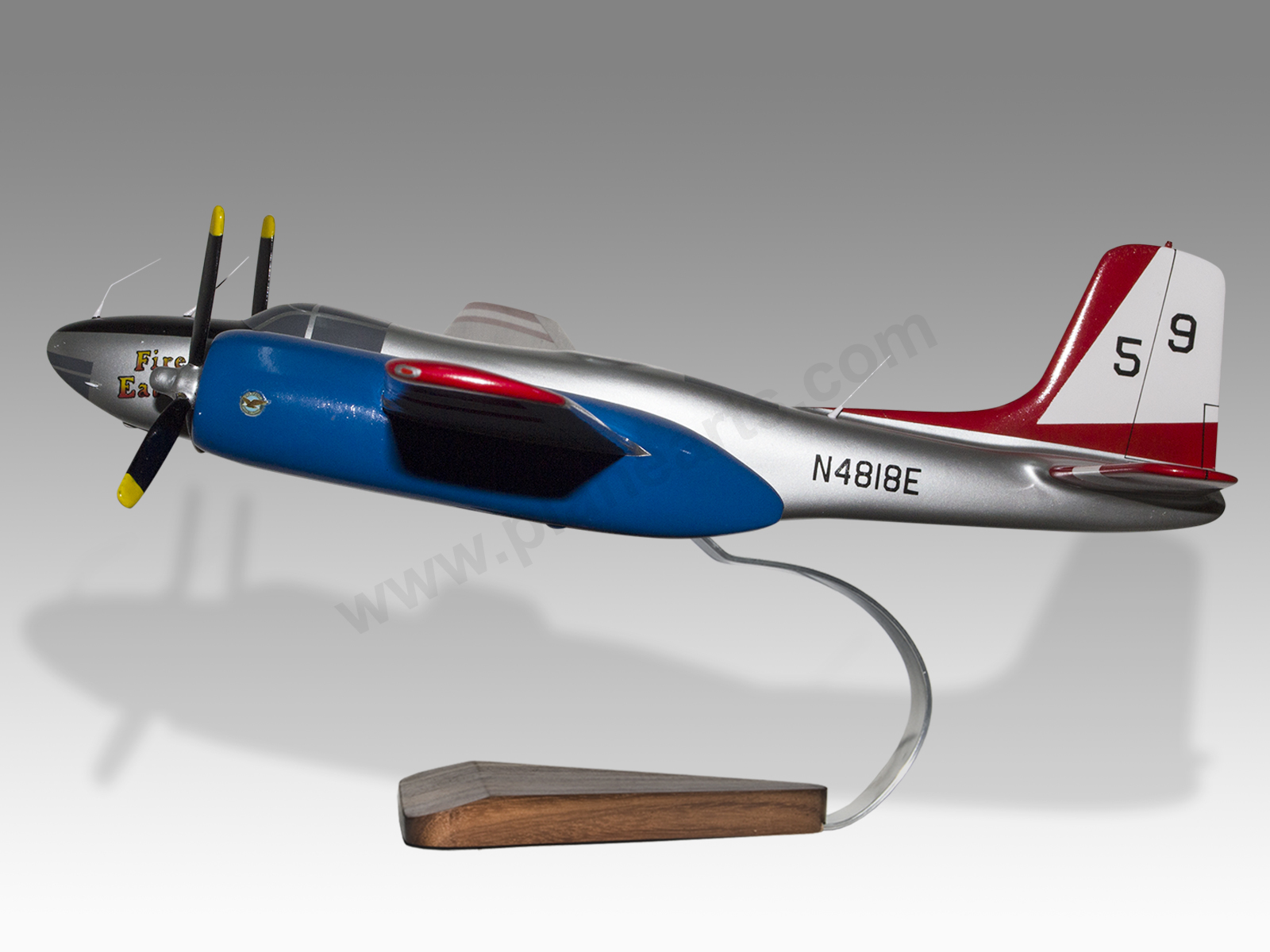
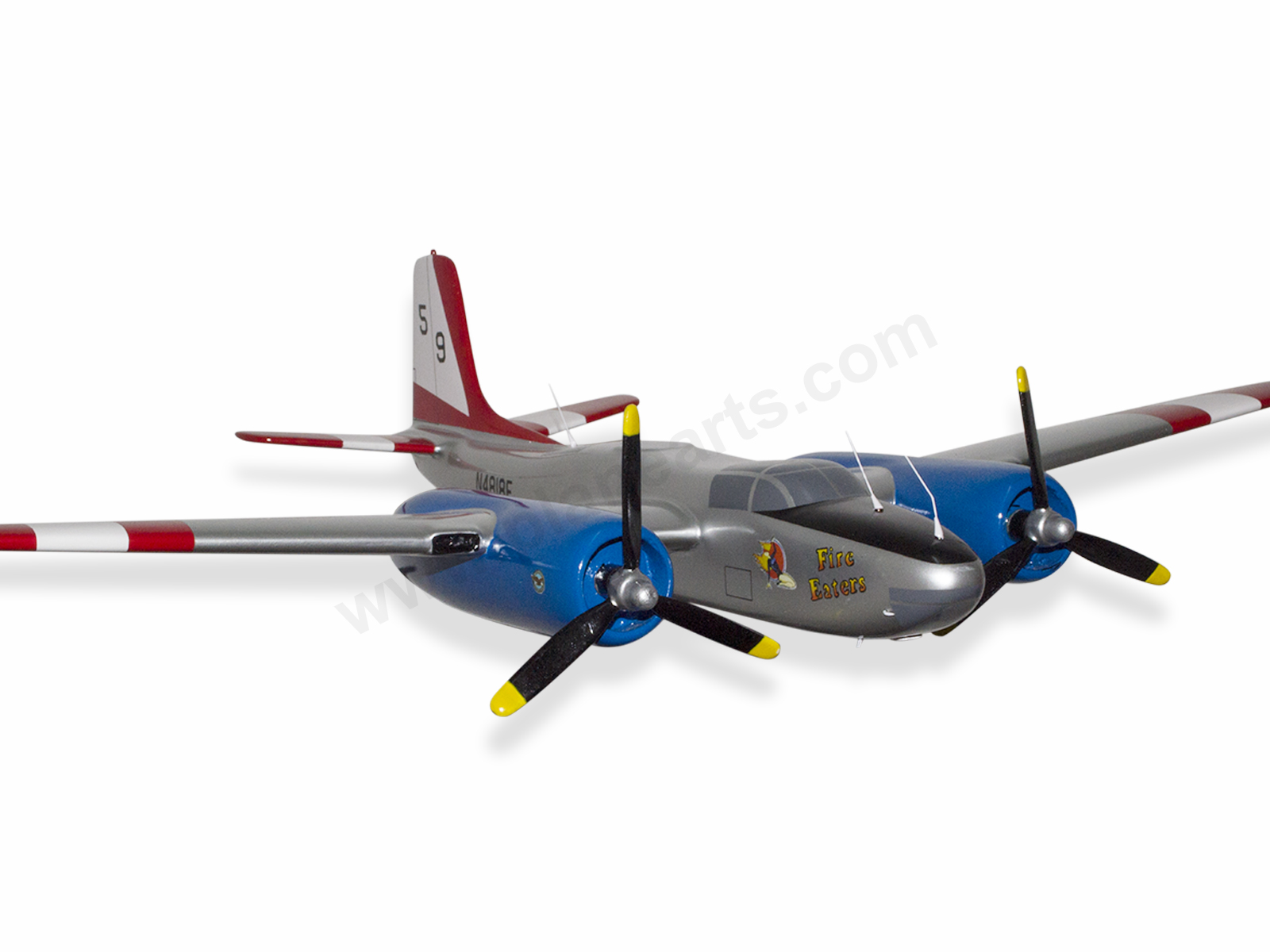
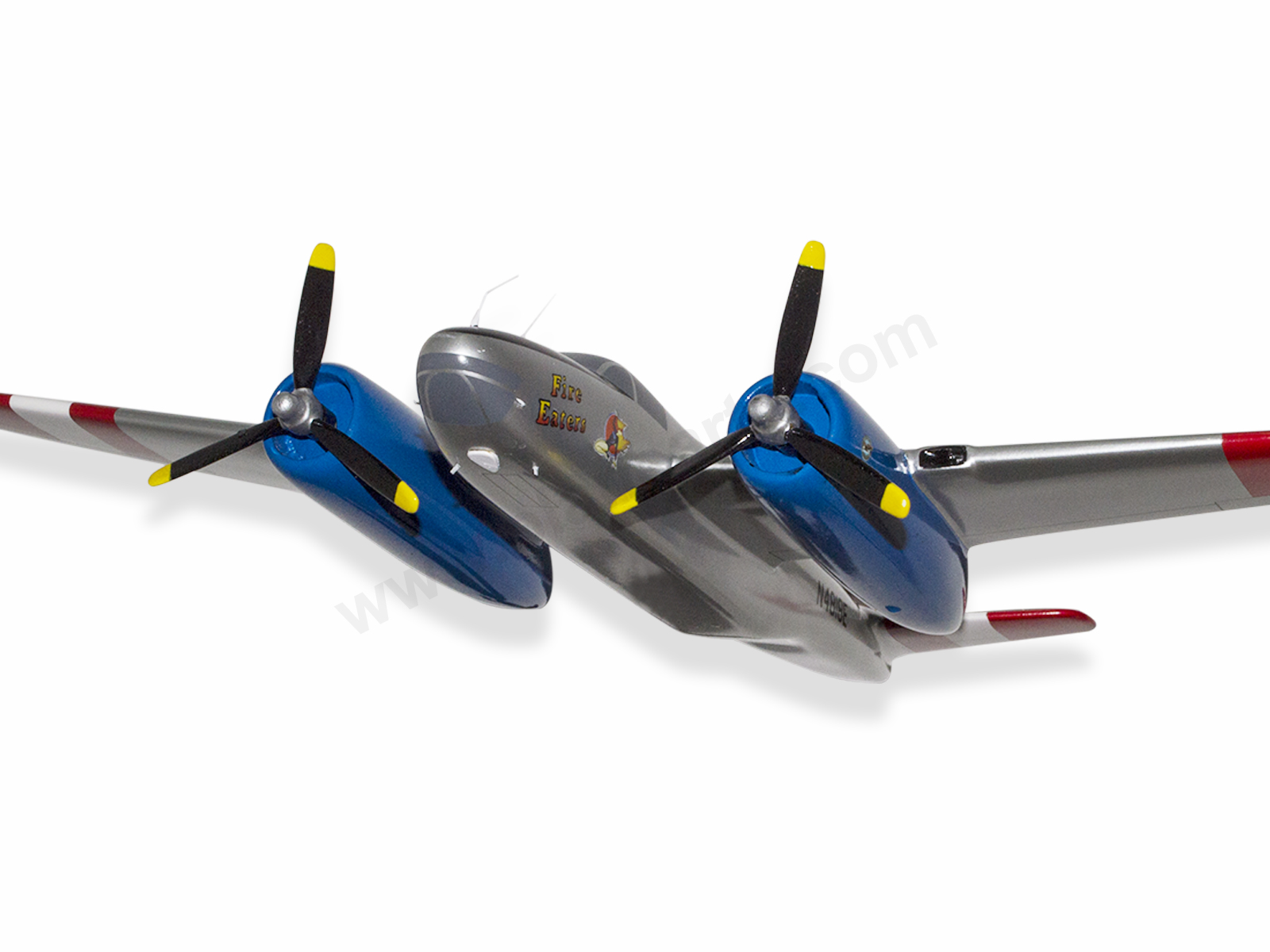
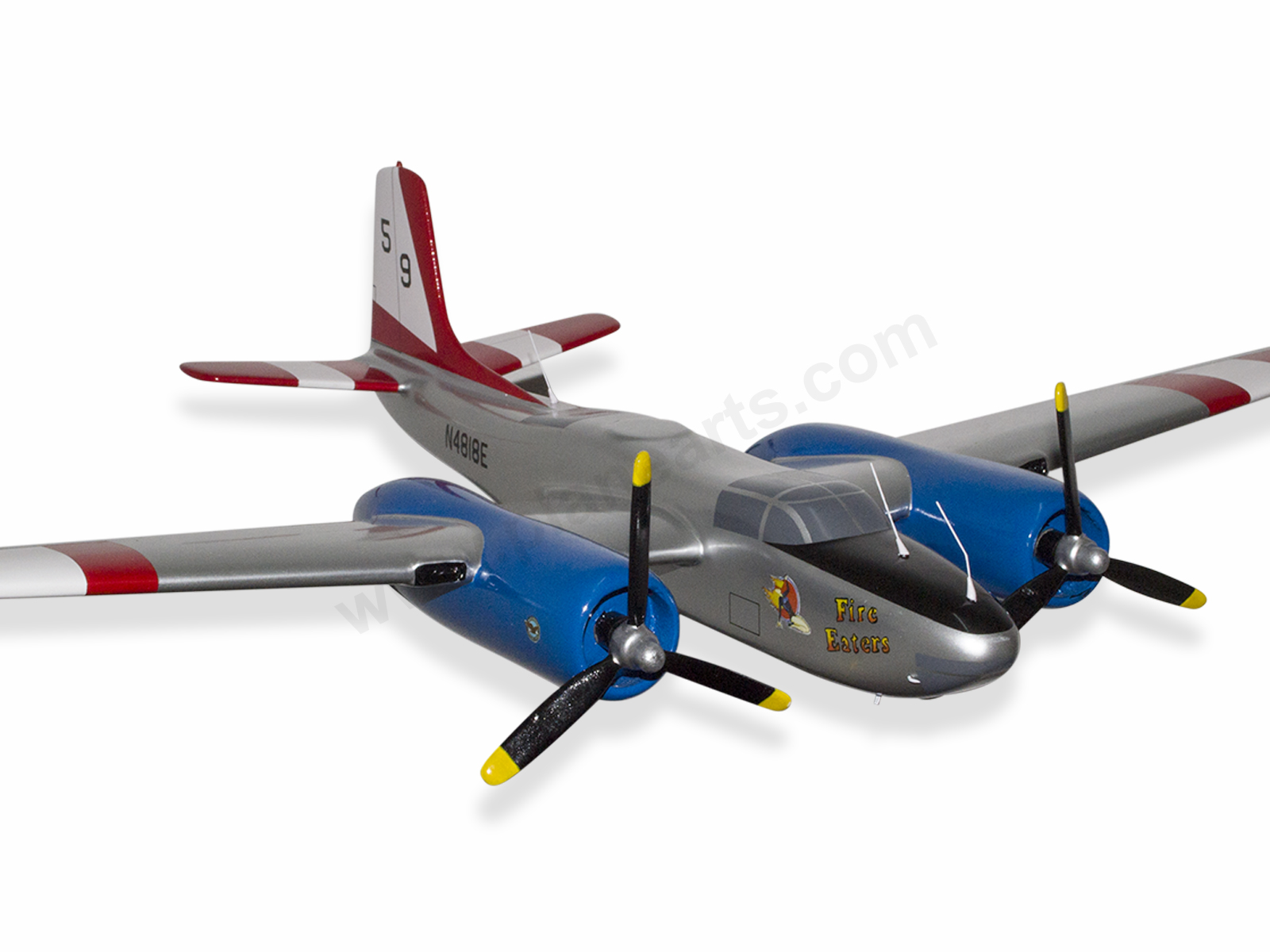
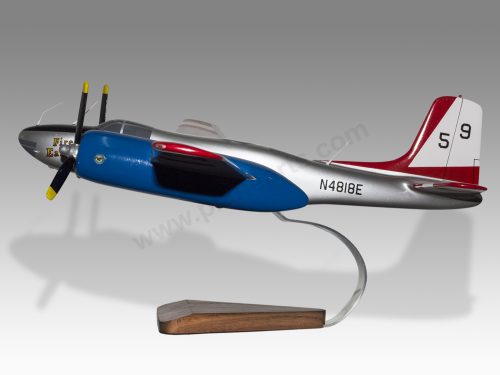
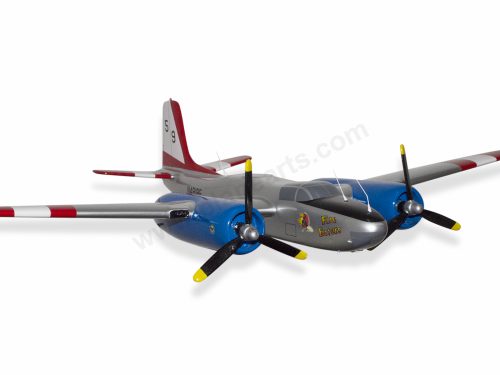
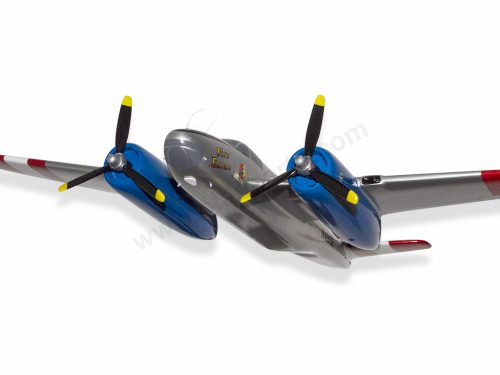
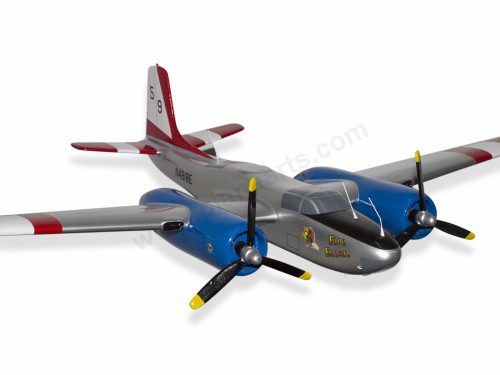
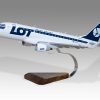

Reviews
There are no reviews yet.